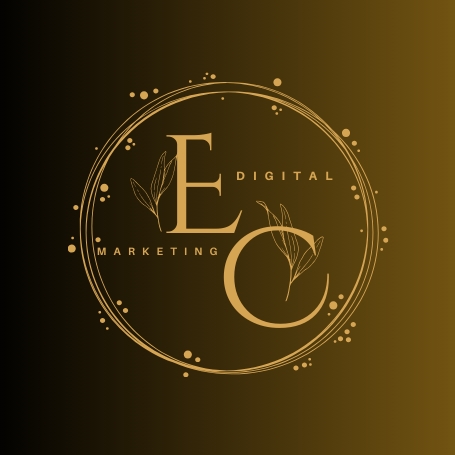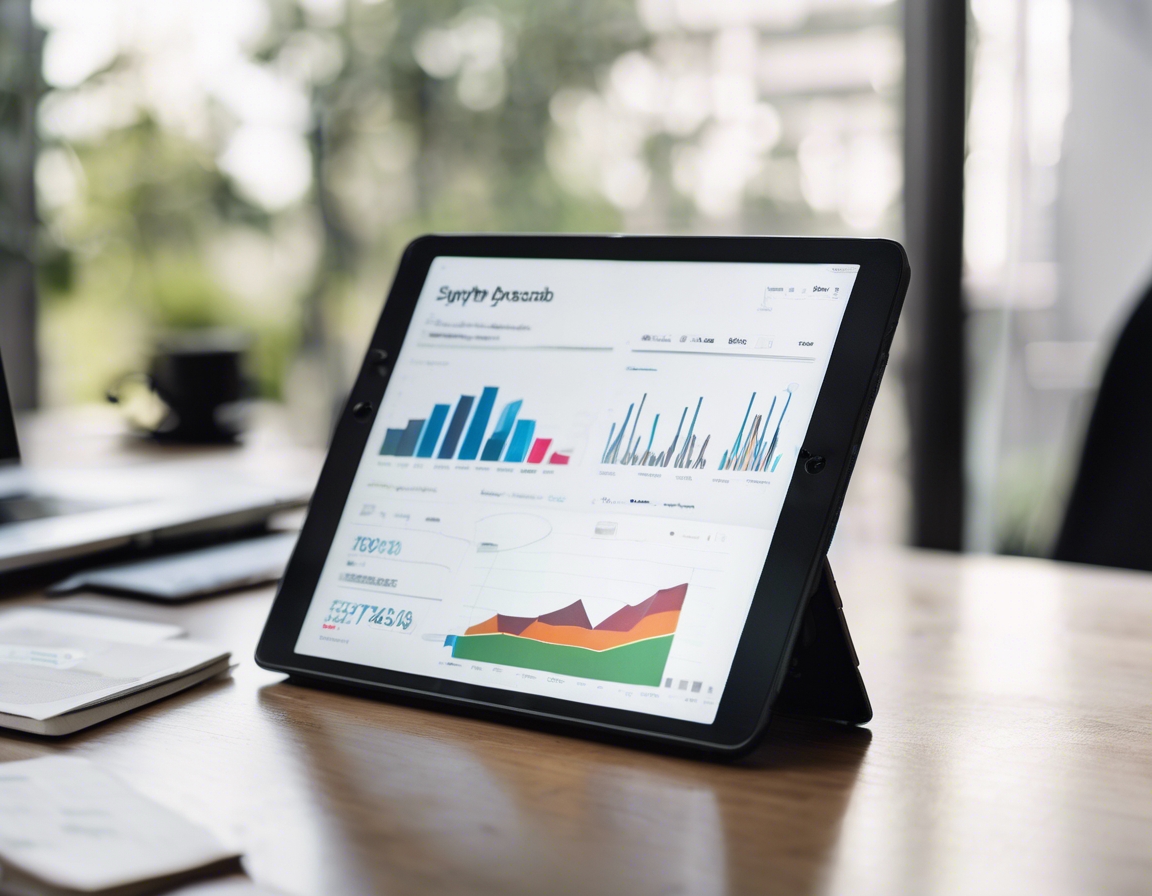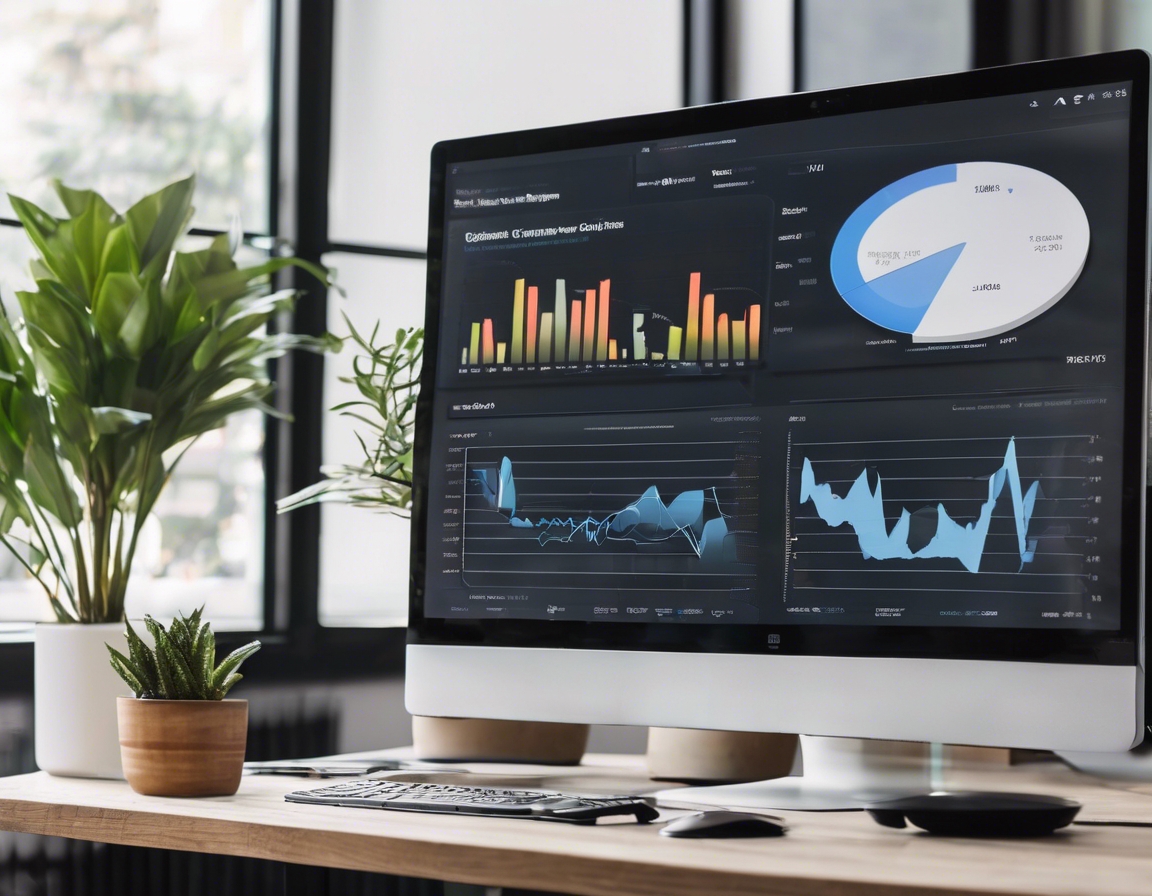How to optimize your shopify store for maximum sales
Shopify has emerged as a leading ecommerce platform, empowering businesses to create robust online stores. However, simply setting up a Shopify store is not enough to guarantee sales success. To maximize sales, store owners must focus on optimizing their Shopify stores effectively. This involves a combination of understanding your audience, enhancing user experience, implementing SEO best practices, and leveraging marketing strategies.
Understanding Your Target Audience
Before diving into optimization techniques, it's crucial to have a clear understanding of your target audience. Knowing who your customers are, their preferences, and shopping behaviors will guide your optimization efforts. Use analytics tools to gather data on customer demographics, interests, and purchasing patterns to tailor your store's offerings accordingly.
Enhancing User Experience
With a significant portion of online shopping occurring on mobile devices, ensuring your Shopify store is mobile-responsive is essential. A mobile-friendly design enhances user experience, reduces bounce rates, and increases conversion rates.
Site speed is a critical factor in user experience and SEO. Slow-loading pages can lead to high bounce rates and lost sales. Optimize images, leverage browser caching, and minimize code to improve your store's loading speed.
An intuitive navigation structure helps users find products easily, enhancing their shopping experience. Use clear categories, a search bar, and breadcrumb trails to guide users through your store seamlessly.
Effective Product Listings
High-quality images are crucial for showcasing your products effectively. Use multiple images from different angles, and include zoom functionality to give customers a detailed view of the products.
Product descriptions should be informative, engaging, and optimized for SEO. Highlight key features, benefits, and use persuasive language to encourage purchases.
Pricing strategies can significantly impact sales. Consider competitive pricing, discounts, and bundling offers to attract and retain customers.
SEO Best Practices for Shopify
Conduct thorough keyword research to identify terms your target audience is searching for. Use these keywords strategically in product titles, descriptions, and meta tags.
Optimize on-page elements such as title tags, meta descriptions, and headers. Ensure your content is relevant, keyword-rich, and provides value to users.
Technical SEO involves optimizing your store's backend to improve search engine visibility. This includes creating an XML sitemap, optimizing URL structures, and ensuring your site is secure with HTTPS.
Leveraging Social Proof
Customer reviews build trust and influence purchasing decisions. Encourage satisfied customers to leave positive reviews and display them prominently on your product pages.
User-generated content, such as photos and testimonials, adds authenticity to your brand. Encourage customers to share their experiences on social media and feature this content on your store.
Implementing Marketing Strategies
Email marketing remains a powerful tool for driving sales. Build an email list and send personalized, targeted campaigns to engage customers and promote products.
Integrate social media platforms with your Shopify store to reach a broader audience. Use social media to showcase products, engage with customers, and drive traffic to your store.
Invest in paid advertising, such as Google Ads and Facebook Ads, to increase visibility and attract potential customers. Target ads based on demographics, interests, and behaviors for maximum impact.
Utilizing Shopify Apps and Tools
Shopify offers a range of apps designed to boost sales and conversions. Explore apps for upselling, cross-selling, and abandoned cart recovery to enhance your store's performance.
Utilize analytics and reporting tools to track your store's performance. Analyze data on traffic, sales, and customer behavior to make informed decisions and optimize your strategies.
Continuous Testing and Optimization
Optimization is an ongoing process. Continuously test different elements of your store, such as layouts, product pages, and marketing campaigns, to identify what works best. Use A/B testing to compare variations and implement changes based on data-driven insights.






Comments (0)